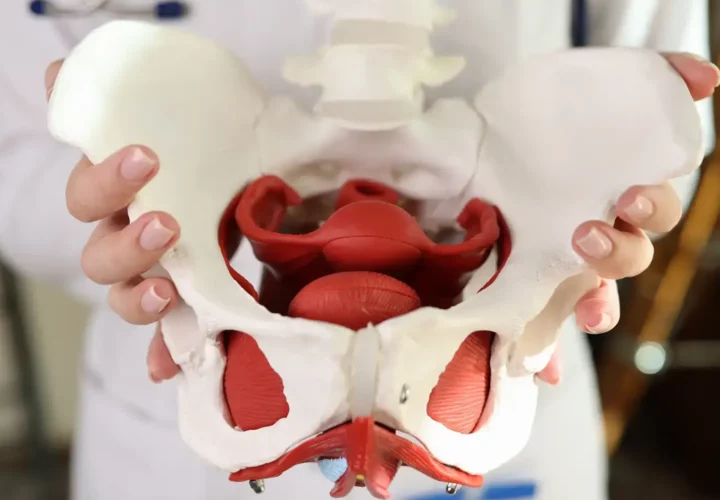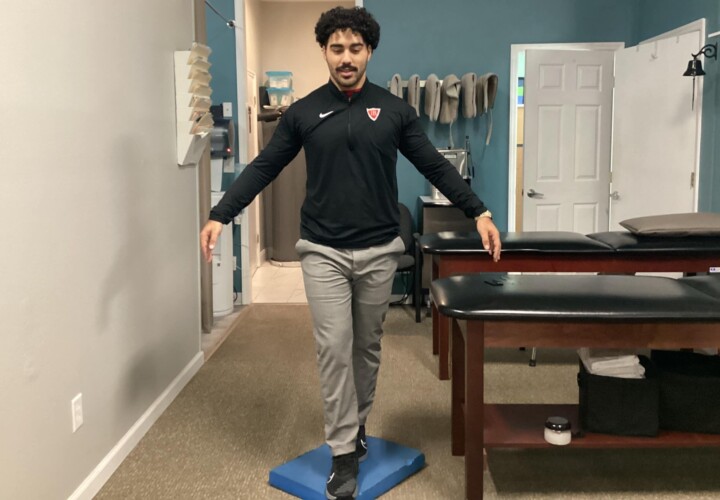As COVID-19 continues to evolve, we continue to learn more about its long term effects. One that we are seeing in a surprising amount of the population is chronic fatigue. Not only that, but deconditioning symptoms after the virus has already cleared the body and the infection itself has resolved. Even for otherwise mildly symptomatic individuals. What gives?!
At this point, the cause has only hypotheses, however one stands out as fairly reasonable. The immune system cascade caused by COVID-19 actually can sometimes cause an autoimmune response. Meaning, the immune cells attempting to attack the virus also damage other cells. This includes our own tissues, affecting things like heart, lungs, and nerves. Scientists have figured out what portion of the cascade needs to be addressed to prevent and treat this response. The good news is there are already medications being tested for other conditions that target this same process. So there is some bright hope that we could become even better at the medical treatments to prevent these effects. Along with addressing anyone whose body may have a prolonged autoimmune response if that were to occur.
The Role of Therapy
However, beyond just treating this issue, many recovering from COVID-19 may require therapy to adapt back to their pre-infection levels as well. The good news though is the tissues that are most commonly affected by both the virus and immune responses, the heart and lungs, share a very promising commonality. Because of the importance of these structures, the body actually has remarkable adaptability within these symptoms to allow for recovery when injured. The heart is the easiest to understand as it is direct muscle tissue. This tissue grows and heals when worked throughout the body. And there is great evidence that even when damaged, the heart can respond to a well supervised conditioning program under a physical or cardiac therapist to improve cardiac output and inotropic response! Essentially, even when attacked, the heart can respond to physical exercise to grow stronger and more powerful again!
Lungs are a little different. While the physical structures of the lungs do not necessarily directly grow in response to activity, improved heart efficiency and red blood cell counts (often produced by the body when higher oxygen demands are placed upon it to improve oxygen carrying efficiency), can allow for an easier transfer of oxygen from the lungs to the blood stream. This means that our body should be able to maintain healthy oxygen levels. But only if the correct gradation of exercise is introduced to stimulate these responses!
While not a cure all, well structured and supervised exercise may play a huge role in recovery from chronic symptoms of this virus. And every new strategy of treatment and attack is very exciting!


